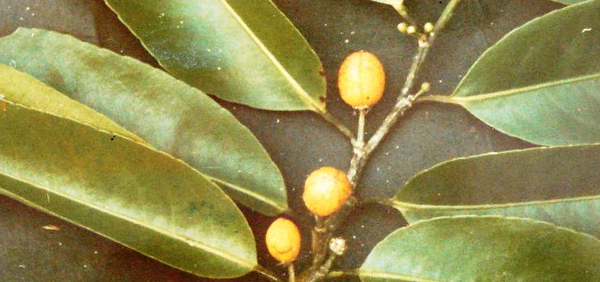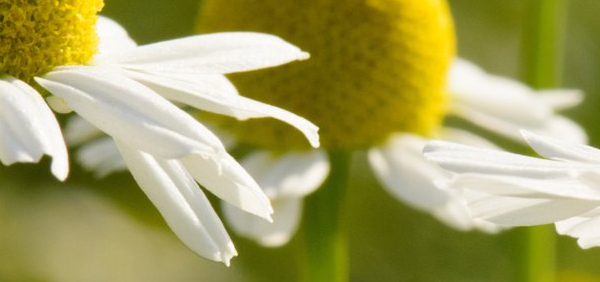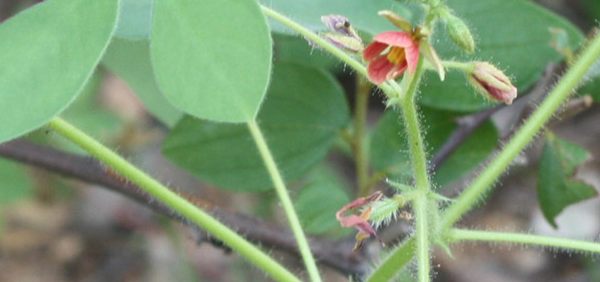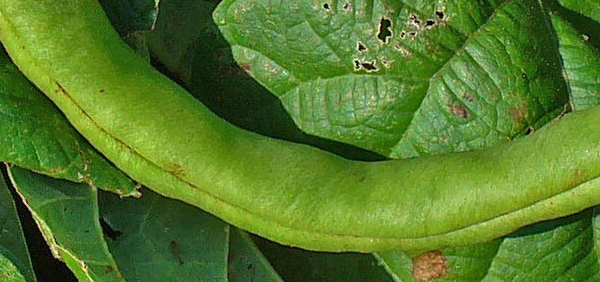shleshmataka :
 Sahadevi consists of dried whole plant of Vernonia cinerea Less. (Fam. Asteraceae); an erect, rarely decumbent, branched herb, 12-75 cm high, found throughout India ascending to an altitude of 1800 m.
Sahadevi consists of dried whole plant of Vernonia cinerea Less. (Fam. Asteraceae); an erect, rarely decumbent, branched herb, 12-75 cm high, found throughout India ascending to an altitude of 1800 m. Taxonomical Classification
Family: AsteraceaeVERNACULAR NAMES
Sanskrit: Uttamkanyaka, DandotpalaEnglish: ash-colored fleabane ,Purple Fleabane, Fleabane
Hindi: Sahadevi
Telugu: Garita Kammi, Sehadevi
Bengali: Kuksim
Marathi: Sadodee, Sahdevee
Gujarathi: Sadoree, Sadodee
Tamil: Naichotte Poonde
Malayalam: Poovan Kuruntala, Mukkuthaipo
Kannada: Sahadevee, Okarchendhi
Punjabi: Sehdei
Synonyms
Synonyms in Ayurveda: Uttamkanyaka, DandotpalaRasa: Katu Tikta
Guna: Laghu Ruksha
Veerya: Ushna
Vipaka: Katu
Karma: Sodhahara Vathakaphahara
Phytochemistry:
Saponins, Sapogenins, Flavonoids.Dosage:
10-20 ml. (Swarasa). 5-10 g. (Powder for external use only)Morphology:
Root - 5-12 cm long, 1-7 mm thick, oblique and gradually tapering, bearing a few rootlets; external surface, dirty brown; fracture, short. Stem - Glabrous, cylindrical, hairy, slightly branched; 10-17 cm long, 1-8 mm thick, grooved and ribbed; basal region of branches greenish-brown, apical region dark green, bearing a number of flowers; fracture, short. Leaf - Simple, dark-green, smooth, alternate, opposite, exstipulate, 2.5-5 cm long, 1.8-3.6 cm broad, elliptical, lanceolate, obtuse or acutely toothed; shape and size variable; petiole short; odour, slightly characteristic.Histology:
Root - Mature root shows 4-5 layered cork, consisting of tabular, tangentially elongated, thick-walled cells filled with reddish-brown contents; secondary cortex consists of a wide zone of thin-walled, parenchymatous cells having a few resin ducts; secondary phloem, a narrow zone, composed of sieve elements and phloem parenchyma, traversed by phloem rays; xylem well-developed, composed of vessels, tracheids, fibres and xylem parenchyma, traversed by 1-5 seriate xylem rays; xylem vessels usually solitary or 2-4 in groups with reticulate thickening; fibres aseptate and pointed. Stem - Mature stem shows several bulges at places and consists of a single layered epidermis, externally covered with a striated cuticle; a number of epidermal cells elongate to form multicellular covering and T-shaped trichomes with 2-6 celled stalk; cortex 3-5 layers of thin-walled, tangentially elongated parenchymatous cells, a few filled with reddishbrown content, bulges show a few layers of collenchyma between epidermis and parenzhymatous cortex; endodermis single layered, composed of barrelshaped cells; pericycle occurs in the form of groups of pericyclic fibres; phloem consists of strands of sieve tubes, companion cells and phloem parenchyma; xylem consists of vessel, parenchyma and fibres; xylem vessls show reticulate thickening; parenchyma in abundance and paratracheal; fibres thick-walled, aseptate, short, with pointed ends; medullary rays 2-11 cells wide; central portion occupied by pith composed of hexagonal to polygonal, thin-walled parenchymatous cells; a few simple starch grains present in cortical cells; cluster crystals of calcium oxalate occasionally found in pith. Leaf - Petiole - shows a somewhat circular outline with two lateral projections one on each side; epidermis on both surfaces, covered externally with striated cuticle and have both type of trichomes as described in case of stem, followed by 2-3 layers of collenchyma on upper and lower side; stele composed of three collateral vascular bundles located in centre, central one larger and lateral two smaller; ground tissue composed of thin-walled parenchymatous cells, a few having oil globules and rosette crystals of calcium oxalate. Midrib - shows similar structure as described in petiole except for 1 or 2 layers of collenchymatous cells below both epidermis and a single vascular bundle in centre; oil globules and rosette crystals of calcium oxalate present in a few cells of ground tissue. Lamina - shows dorsiventral structure; epidermis single layered on either surface, composed of thin-walled, tangentially elongated cells, covered externally with striated cuticle; trichomes similar to those of stem; palisade single layered; spongy parenchyma 4-5 layered, loosely arranged cells; vascular bundles embedded in spongy parenchyma; rosette crystals of calcium oxalate and oil globules present in this region; anomocytic stomata present on both surfaces.Therapeutic Uses:
Jvara, Vishamajvara, Sidhma, Visphota, Bhutabadha, Grahabadha, Sphotaka, Pradara, slipadaSystemic Use:
IMPORTANT FORMULATIONS - Candrakal¡ Rasa, Alamott¡di KaÀh¡yam (S.Y.)- » Classification and names of shleshmataka
- » Synonyms and definitions of shleshmataka
- » Drug Properties of shleshmataka
- » Chemical Constituents of shleshmataka
- » Standardization of shleshmataka
- » Parts used and Dosage of shleshmataka
- » Morphology and Histology of shleshmataka
- » Distribution and Conservation of shleshmataka
- » Cultivation of shleshmataka
- » shleshmataka in the market
- » Medicinal Uses of shleshmataka
- » Researches and clinical trails of shleshmataka
- » shleshmataka in other sytems of medicine
- » Ayurvedic formulations with shleshmataka
- » Images of shleshmataka













